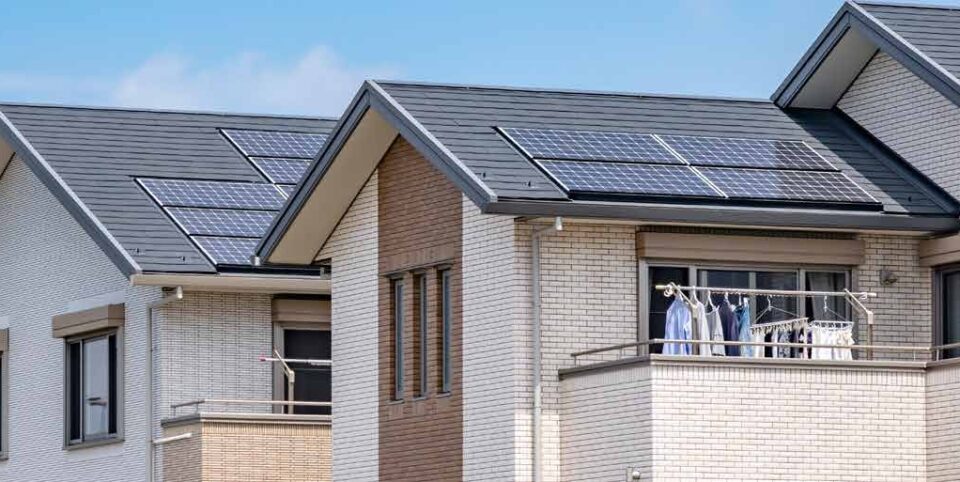Contact
020 4515 6728
info@ccameron.co.uk
Charles Cameron & Associates
Blackfriars Foundry
154-156 Blackfriars Road
London SE1 8EN
Future homes
April 5, 2023
Information published was correct at the time of writing
Doing your part to help combat climate change

Sustainability has become a key factor in almost every aspect of daily life. So-called ‘net zero’ homes open up new possibilities to minimise our ecological footprint. And there are many benefits to creating a net zero home. Perhaps the most obvious benefit is that you will be doing your part to help combat climate change.
Net zero homes produce very low levels of carbon emissions, and by creating one you will be playing a role in reducing the emissions. Another great benefit of creating a net zero home is that you will save money on your energy bills. These homes are highly energy efficient, meaning that you will use less energy overall. This not only saves you money on your utility bills, but it also reduces your reliance on fossil fuels.
Net zero homes are also healthier places to live. Because they produce very little pollution, they improve air quality and reduce the risk of respiratory problems. Additionally, they are typically well insulated and have good ventilation, which helps to create a comfortable and healthy indoor environment. They also tend to have a higher resale value.
Because they are more energy efficient and environmentally friendly, they are highly sought after by many buyers. This means that if you ever decide to sell your home, you are likely to get a higher price for it. Almost every property has the potential to use less fuel for heating, lighting and appliances.
By following these tips, you can help to create a net zero home that will not only reduce your carbon footprint but also save you money on energy bills in the long run.
USE SUSTAINABLE MATERIALS
When renovating your home, choose materials that are environmentally friendly and have a low carbon footprint. These include sustainably sourced timber, recycled plastic, bamboo and wool insulation.
INCREASE ENERGY EFFICIENCY
One of the best ways to reduce your carbon footprint is to make your home more energy efficient. This can be done by installing double or triple-glazed windows, cavity wall insulation and solar panels. You should also consider investing in energy efficient appliances such as LED lighting and a heat pump.
USE RENEWABLE ENERGY SOURCES
Another way to reduce your carbon footprint is to use renewable energy sources to power your home. This includes installing solar panels or a wind turbine. You can also use biomass, such as wood pellets, to generate heat and electricity.
REDUCE WATER CONSUMPTION
You can also reduce your carbon footprint by reducing your water consumption. This can be done by installing water-saving appliances such as low-flow shower heads and toilets. Consider collecting rainwater to use for watering plants or cleaning the car.
GREEN MORTGAGES
A number of lenders now offer green mortgages, which can help play a part in building your net zero credentials. A green mortgage rewards you for buying or owning an energy-efficient home. They’re only available to those who either buy or own an environmentally-friendly home (generally with an A, B or C EPC rating), or make energy-efficient home improvements. Some products will offer preferential rates to standard mortgages if the property meets certain energy efficiency criteria, whereas others may offer cashback on any money you borrow to upgrade your home’s energy efficiency.
CONSIDER MAKING IT A NET ZERO HOME
Overall, there are many benefits to creating a net zero home and by doing so you will be helping to combat climate change, saving money on your energy bills and improving your health.
Additionally, your home is likely to have a higher resale value. So if you are thinking about renovating and making home improvements, consider making it a net zero home.
Don’t forget, our professional friendly advisers are on hand to support you and can help you explore all of your options.



